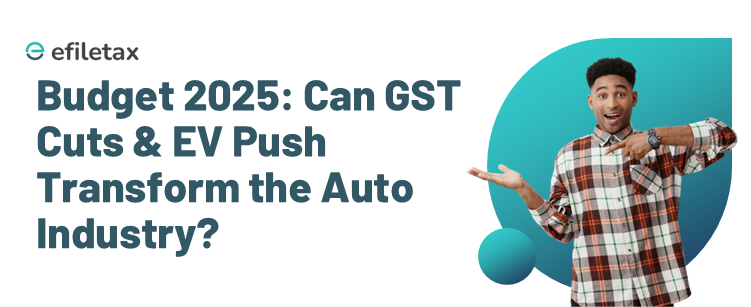
As India approaches the Union Budget 2025, the automotive sector is keenly anticipating reforms that could significantly influence its trajectory. Key areas of focus include Goods and Services Tax (GST) restructuring, bolstering domestic manufacturing, and accelerating electric vehicle (EV) adoption.
GST Reforms
The industry is advocating for a more streamlined GST structure. Currently, vehicles and components are taxed at varying rates, leading to complexities. Simplifying these rates could enhance compliance and reduce costs. Additionally, there’s a call to lower the GST on standalone batteries from 18% to 5%, aligning it with the tax rate on EVs, thereby reducing costs for consumers and promoting EV adoption.
Enhancing Localization
To strengthen the domestic supply chain and reduce reliance on imports, the industry seeks incentives for local manufacturing. This includes support through the Production Linked Incentive (PLI) scheme, which encourages companies to boost production within India. Such measures are expected to attract investments, foster innovation, and generate employment, contributing to the nation’s economic growth.
Promoting Electric Vehicle Adoption
Accelerating the shift to electric mobility remains a priority. The industry is urging the government to invest in EV infrastructure, particularly charging stations, and to continue offering incentives for EV purchases. Addressing the current GST disparity between EVs and their components, such as batteries, is also crucial. Aligning these tax rates would make EVs more affordable and encourage wider adoption.
In summary, the automotive sector’s expectations from the Union Budget 2025 center on tax reforms, support for domestic manufacturing, and initiatives to promote sustainable mobility. Implementing these measures could position India as a leader in the global automotive landscape while aligning with environmental objectives.